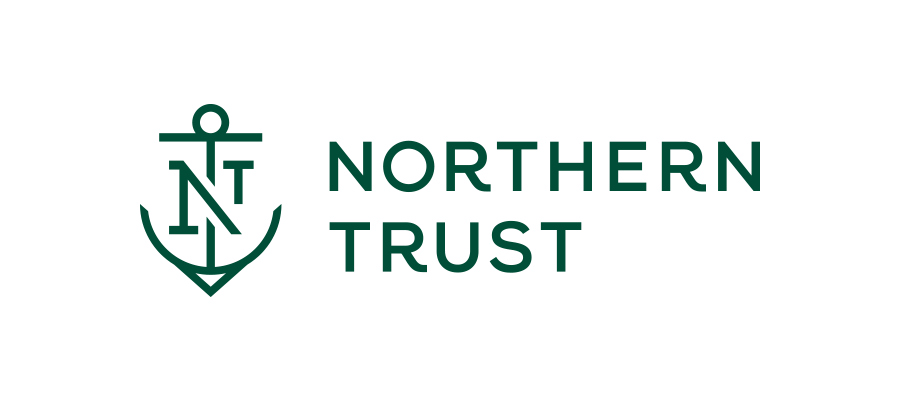Headspace’s 5 traits of high-performance work culture

Improving work culture is key to attracting great candidates and achieving desirable business outcomes.
Headspace’s 5 traits of high-performance work culture
Company culture can feel mysterious at first glance—easy to understand but hard to see or touch. That’s because it pervades everything you do. It’s the standard for how to talk, work together, solve problems, and succeed in your organization.
At its best, culture can be a catalyst for creating engaged and innovative teams. And at its worst, it can systematically burn out employees, disrupting every aspect of doing business.
92% of executives believe that improving culture can improve the value of their company, but only 15% believe their culture is where it needs to be. This gap suggests that changing culture is a challenge that’s eluding many leaders. It also indicates that there’s untapped potential for the leaders who make their organization a great place to work.
Employees are paying attention, too. In a survey from Indeed, 46% of job seekers reported that they didn’t even apply to certain jobs that seemed like a poor culture fit. So from the very first impression, workers are looking for signals that they belong.
Improving work culture is key to attracting great candidates and achieving desirable business outcomes, but it remains overlooked, even as employees quit their jobs in record numbers. Today, we’ll use mindfulness to help you take the first step in turning that around.
Creating awareness
The most important thing you can do is see your culture for what it really is. That means observing without judgment. Here are a few questions to ask:
- What is my experience with the company culture?
- What does our formal documentation say about our company culture?
- How do other people experience the culture differently?
- Does our culture feel inconsistent for people across roles, races, genders, ages, or other groups?
- What behaviors does the organization reward, dismiss, or discipline?
Consider soliciting anonymous feedback from across the organization. Make it clear that you want honest insights based on their experience. Note when you learn something that challenges your assumptions and stay curious.
Envisioning the goal
At this point, you’ll have some context for the biggest challenges to your culture today. The next step is to ask yourself and your teams: what does “better” look like?
Every organization’s culture is completely unique. There’s no one-size-fits-all solution, even among businesses in the same industry. But there are a few principles that can help guide your pursuit of a work culture that helps employees feel and perform their best.
Accessibility
First and foremost, employees need to know that support is available to them. Show them that it’s normal to need help—and make it easy to find when they need it.
Honesty
Trust your employees with the truth, even when it’s uncomfortable, and they’ll learn to do the same. Ignoring uncertainty can make teams wait until a situation escalates before speaking up.
Humility
Even experts have more to learn. Leave space for everyone to contribute their unique perspectives and talents.
Community
Make time for coming together to practice your values. Gathering ensures that the responsibility for upholding culture is shared across the organization.
Consistency
Like any good habit, culture should be practiced regularly. Over time, the new way of doing things becomes the natural way.
Sarah Malenich
Event Marketing
Headspace Health







